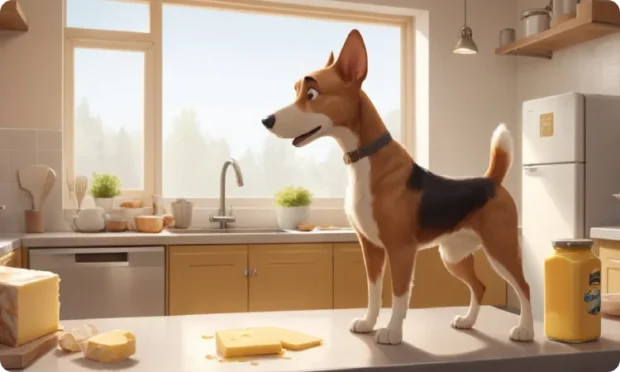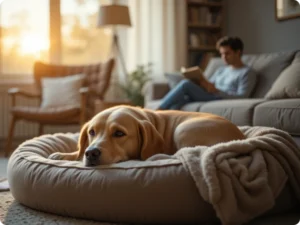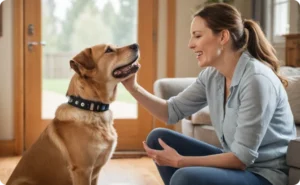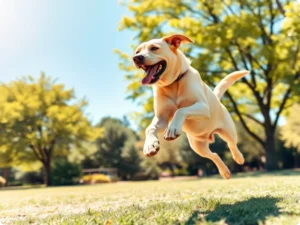So, your dog ate butter? Many dog owners face this scenario, and while it might seem harmless, the implications can vary. Whether it’s a slip-up during kitchen time or a sneaky snag when you’re not looking, it’s essential to understand the effects butter can have on your furry friend. In this guide, we’ll discuss the potential risks, symptoms to watch for, and what steps you should take.
Dogs are naturally curious creatures, and their adventurous spirits often lead them to try a variety of human foods. While some of these foods are safe, others—like butter—can pose risks if consumed in large quantities. Here’s everything you need to know when your dog decides to indulge in a buttery treat.
The Risks of Butter for Dogs
When considering the question “what happens if a dog ate butter,” it’s crucial to recognize that butter is high in fat. Here are some risks to keep in mind:
1. High Fat Content
Butter is primarily composed of fat, which might not sit well with your dog’s digestive system. If your dog consumes too much butter, it could lead to gastrointestinal upset.
2. Pancreatitis
Excess fat consumption can trigger pancreatitis, a serious condition that affects the pancreas and disrupts digestion. Symptoms include vomiting, abdominal pain, and lethargy. If your dog shows these signs after eating butter, consult a vet.
3. Allergic Reactions
Though uncommon, some dogs may have an allergy to dairy products. If your dog starts itching, experiencing hives, or suffers gastrointestinal distress after eating butter, they might be allergic. It’s essential to observe their behavior closely.
Common Symptoms to Watch For
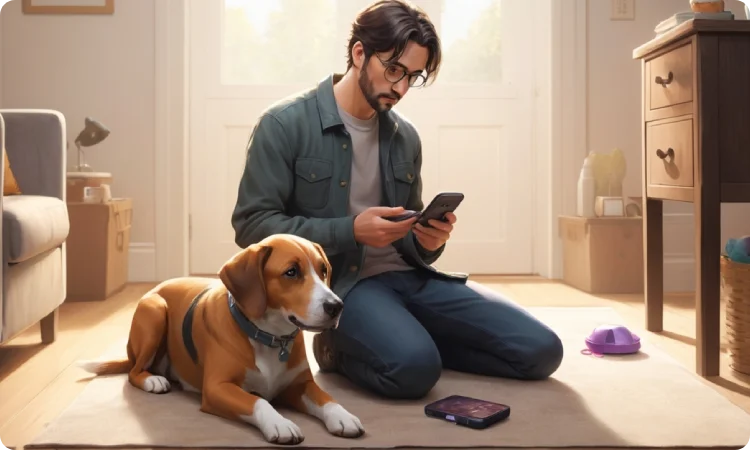
If your dog ate butter, monitoring their behavior for symptoms is crucial. Here are some signs that may indicate a reaction to the butter:
1. Vomiting and Diarrhea
Upset stomach is a common response. If you notice your dog vomiting or experiencing diarrhea after indulging, it’s a clear signal of distress. Keep an eye on their water intake, as hydration is essential during these occurrences.
2. Lethargy
One of the first signs that something may be wrong is a noticeable lack of energy. If your usually active dog seems unusually tired or disinterested in their favorite activities, it may be time to consult a veterinarian.
3. Abdominal Pain
Your furry friend may exhibit signs of discomfort, such as whining, pacing, or a hunched posture, indicating abdominal pain. If you observe such behaviors, it’s wise to seek professional help.
Immediate Steps to Take
If you find yourself asking, “What should I do now that my dog ate butter?” here are some practical steps to follow:
1. Assess the Amount
Determine how much butter your dog consumed. A small amount may not cause significant harm, but if it’s a large quantity, it’s best to seek veterinary guidance.
2. Monitor Your Dog
Keep a close watch on your pup in the hours following the incident. Observe for any symptoms and note any changes in behavior or physical condition.
3. Contact Your Veterinarian
If you notice any concerning symptoms or if your dog ingested a large amount of butter, it’s essential to contact your vet immediately. They can provide tailored advice and treatment options.
Preventing Future Incidents
1. Secure Your Kitchen
Keep butter and other human foods away from your dog’s reach. Use childproof locks on cabinets and store food items in secure containers.
2. Educate Your Household
Ensure everyone in your household knows not to leave food unattended and to avoid giving your dog human food as a treat. Establish clear rules to keep your pet safe.
3. Provide Healthy Alternatives
If you have the habit of giving butter to your dog, then avoid that… Instead of giving butter to your dog, opt for healthy dog treats or fruits and vegetables that are safe for canine consumption. This will satisfy their cravings without putting them at risk.
Conclusion
Finding out that your dog ate butter can be alarming, but with the right approach, you can manage the situation effectively. Keep an eye on their behavior and health, and don’t hesitate to reach out to your veterinarian with concerns. By taking preventive measures, you can help keep your dog safe from future mishaps. Always remember: when in doubt, it’s better to consult a professional!
